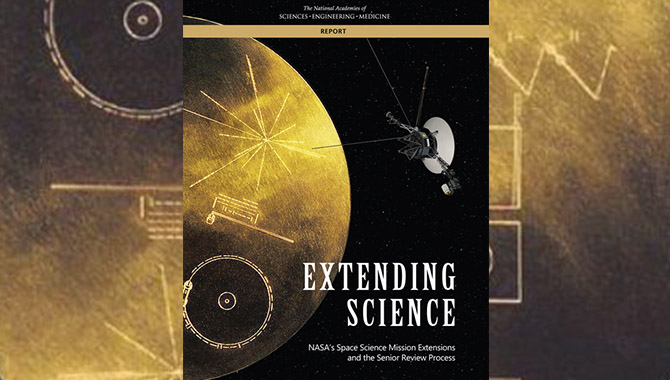
Voyager. Hubble. Cassini. These and many other NASA missions made some of their greatest scientific discoveries long after their original goal was achieved.

Voyager. Hubble. Cassini. These and many other NASA missions made some of their greatest scientific discoveries long after their original goal was achieved.
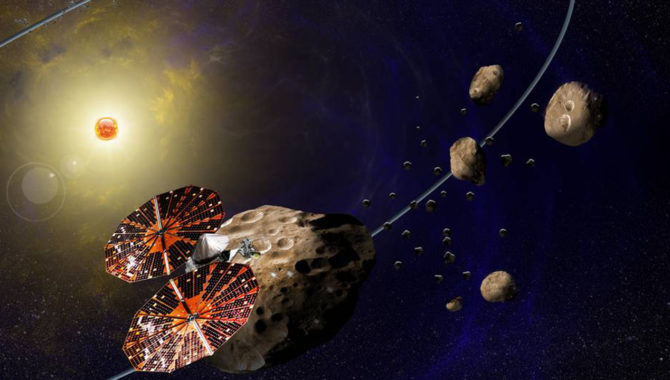
With the selection of two new Discovery missions, Lucy and Psyche, NASA is investing in a deeper understanding of the origins of the solar system.
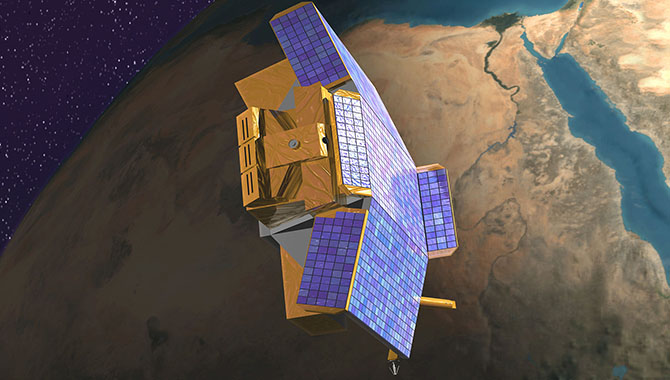
On January 12, 2003, NASA’s first and only University-Class Explorer (UNEX) mission set out to investigate the extremely hot gas in the interstellar medium surrounding the solar system.
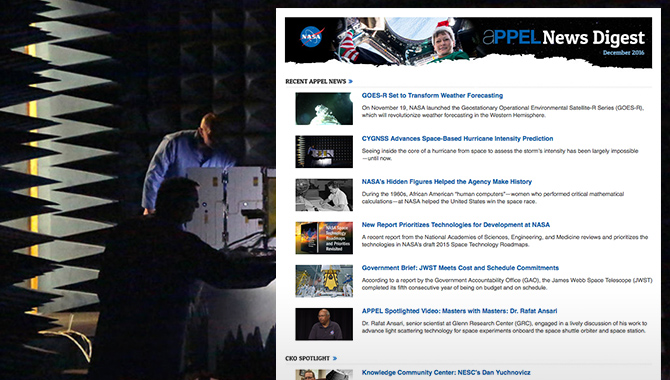
A new edition of the APPEL News Digest has been released. We invite you to read it today on our website.
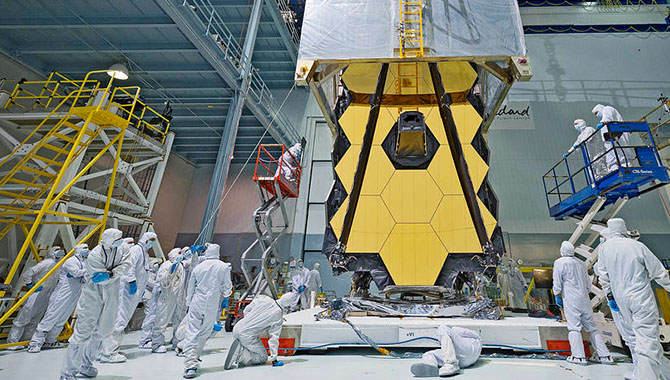
According to a report by the Government Accountability Office (GAO), the James Webb Space Telescope (JWST) completed its fifth consecutive year of being on budget and on schedule.

During the 1960s, African American “human computers”—women who performed critical mathematical calculations—at NASA helped the United States win the space race.
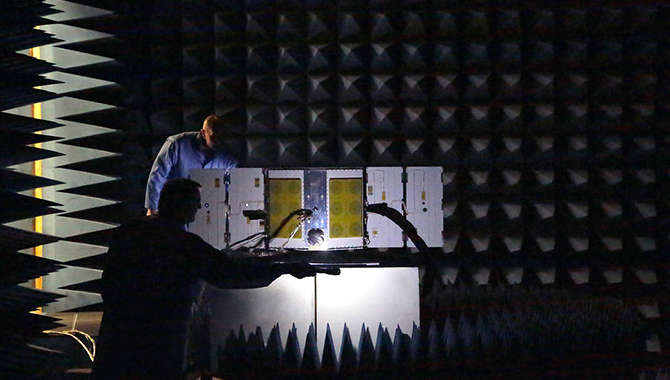
Seeing inside the core of a hurricane from space to assess the storm’s intensity has been largely impossible—until now.
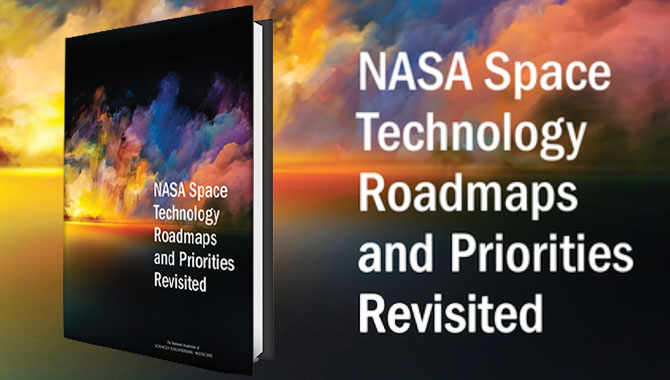
A recent report from the National Academies of Sciences, Engineering, and Medicine reviews and prioritizes the technologies in NASA’s draft 2015 Space Technology Roadmaps.
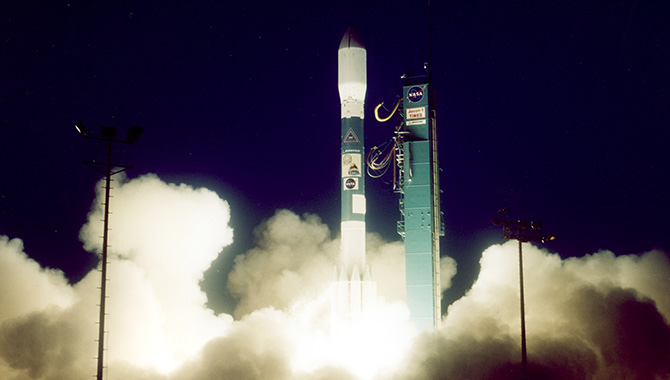
Fifteen years ago, NASA’s TIMED spacecraft rode a Delta II rocket into the least-understood region of Earth’s atmosphere.